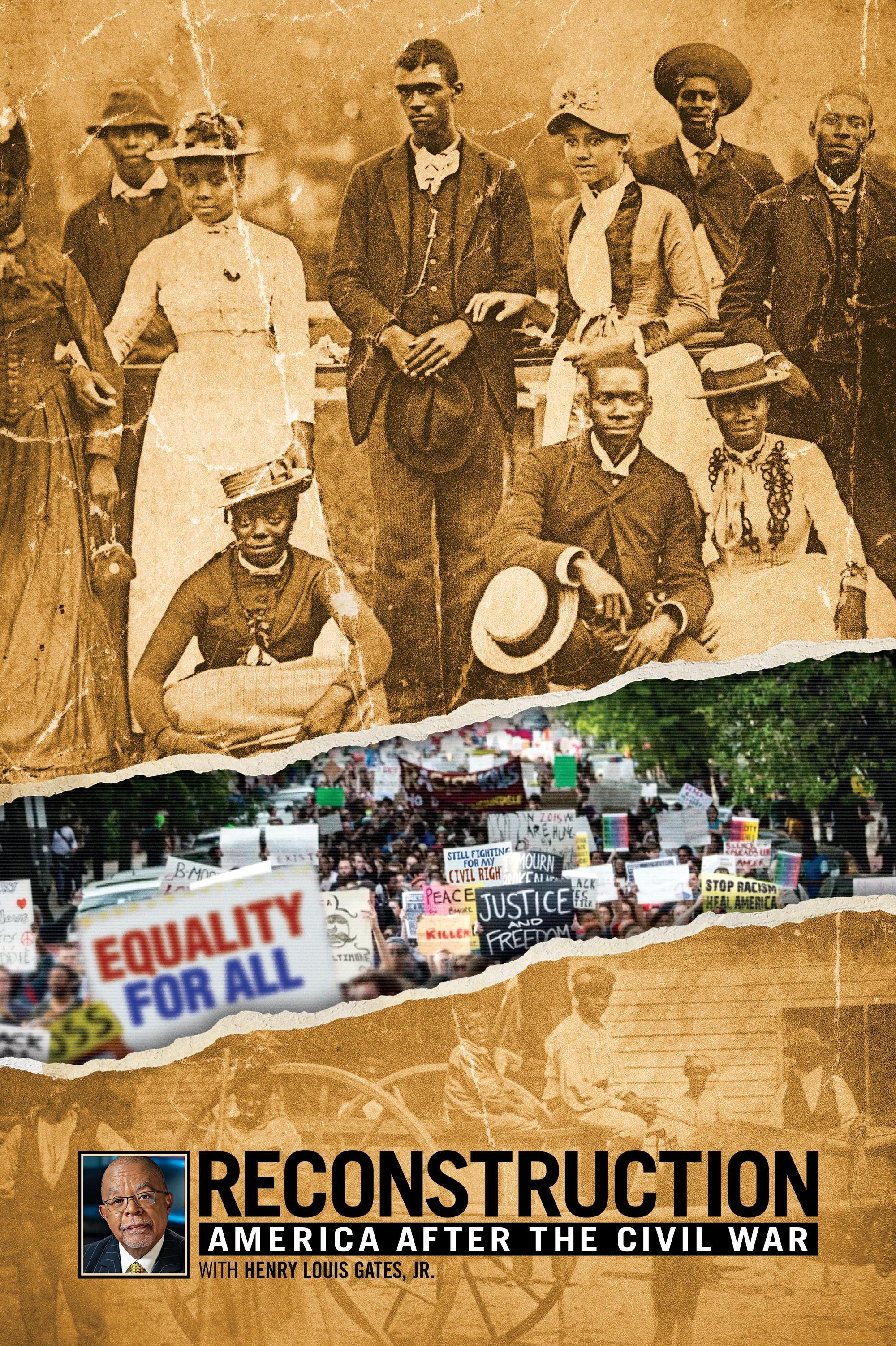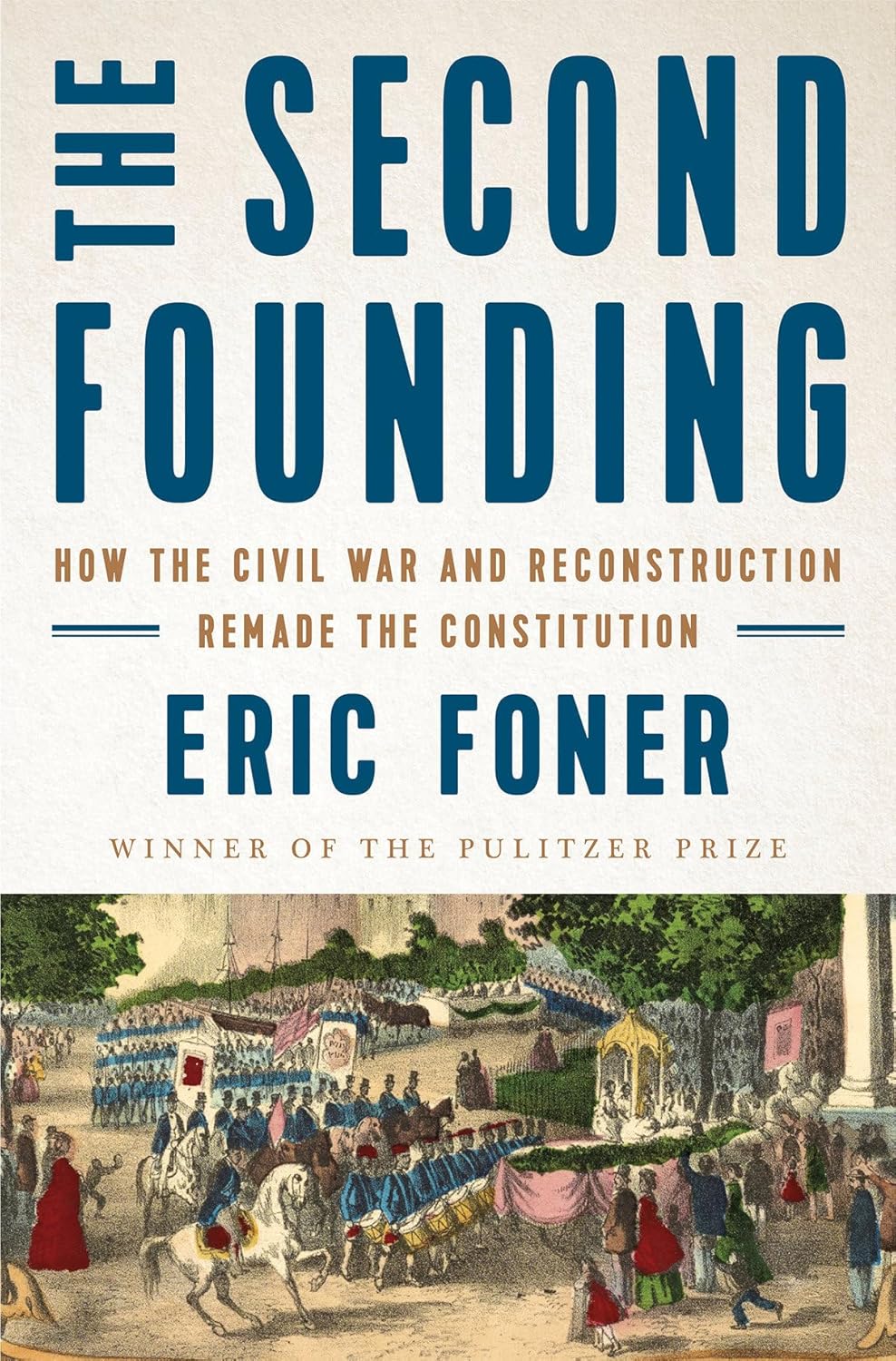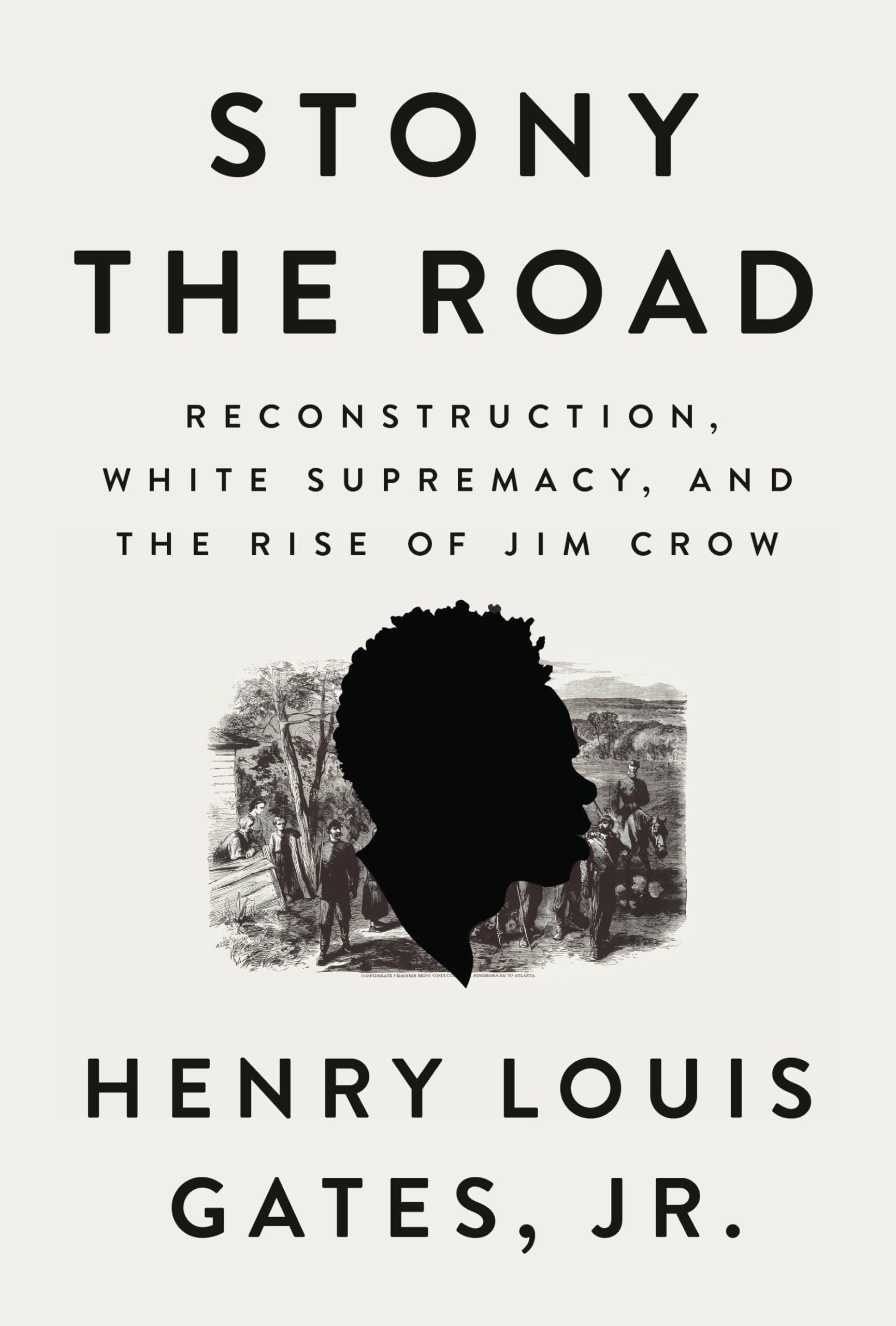Foner and Gates have each written new books that add nuance and detail to the story told in the PBS series. As the dean of Reconstruction studies, Foner is the ideal scholar to produce a history of the three amendments added to the Constitution during the period—amendments so powerful as to justify the book’s title, The Second Founding. He shows how each of them had its origins in the antislavery constitutionalism of the pre–Civil War abolitionist movement. Yet each was also the product of the specific moment in which it was proposed and ratified.
All three had shortcomings. The Thirteenth Amendment borrowed the “boilerplate” language of the antislavery movement in abolishing slavery “except as a punishment for crime whereof the party shall have been duly convicted.” Adopting this familiar trope, Foner notes, inadvertently created a loophole that Southern states later used to justify the brutal convict-lease system. The Fourteenth Amendment guaranteed equal protection of the law but failed to specify exactly what rights the amendment protected. Rather than establish a general right to vote, the Fifteenth Amendment banned franchise restrictions based on race, thereby enabling a later generation to devise other ways of removing blacks en masse from the voting rolls. But for all their limitations, Foner emphasizes, the Reconstruction amendments were an enormous achievement, not only in meeting the issues confronting Americans in the 1860s and 1870s, but in setting a standard of freedom and equality that subsequent generations have appealed to, often successfully, in the continuing struggle for civil rights.
Gates’s Stony the Road is a very different book. A short chapter breezes through the history of Reconstruction before reaching the subject that has fascinated Gates ever since he was an undergraduate: the contrast between the culture of white supremacy and the counterculture of the New Negro that emerged in the late nineteenth century with the overthrow of Reconstruction and reached its apogee in the Harlem Renaissance of the 1920s. Part monograph, part exhibition catalog, the book is packed with an array of reproductions documenting the appalling variety of racist images that infected American culture by the early twentieth century. Those crude depictions stand in stark relief against the literary sophistication and dignity of the leading lights of the New Negro movement—among them the poets Langston Hughes and Countee Cullen and the novelists Zora Neale Hurston and Jean Toomer. Gates’s New Negro movement is more expansive than the familiar Harlem Renaissance, and includes Du Bois, the activist Mary McLeod Bethune, and the singer Paul Robeson.
Less stark, but no less real, is the difference in the way Foner and Gates approach their material. Foner places Reconstruction within the setting of a much older struggle for justice in the antislavery movement, and he sees later campaigns for civil rights as building on their predecessors. He posits an enduring conflict between democracy and equality on the one hand and racism and injustice on the other, and, crucially for Foner, the outcome of that conflict at any given moment comes down to a balance of power, primarily political power.
Gates, by contrast, stresses how brief and unusual the Reconstruction era was in a nation where white supremacy is built into what he calls America’s “cultural DNA.” This unfortunate but increasingly popular genetic metaphor amounts to a confession of intellectual failure, an inability to think about history, about change over time, in analytically useful terms. Worse, it indicates a disturbing return to the kind of quasi-biological reasoning employed by the very white supremacists Gates so effectively exposes. Claims that racism is “built into the DNA” of the United States or that “slavery is built into the DNA” of American capitalism are not merely ahistorical, they are antihistorical. Their purpose and effect is to deny the manifest reality of historical change.


